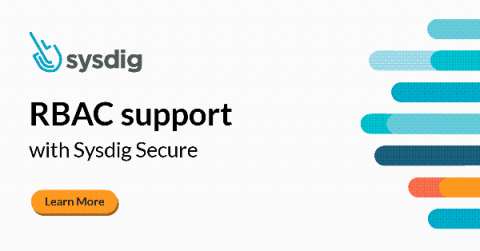Security | Threat Detection | Cyberattacks | DevSecOps | Compliance
%term
The HTTP Status Codes You Need to Know
Working on the web means coming into contact with HTTP responses. Whether you spend your time primarily on the client or on the server, you're likely familiar with the popular ones like 200, 404, and 500. While memorizing all the codes using cat memes as a mnemonic can be helpful, let's dive deeper into what some of the most common codes mean.
Best Practices in Cyber Supply Chain Risk Management
Cyber supply chain risk management touches all aspects of a business. Supply chain risk management (SCRM) is not solely the responsibility of cybersecurity, but instead a partnership between sourcing, vendor management, cybersecurity, and transportation. The National Institute of Standards and Technology (NIST) released a set of best practices for cyber supply chain risk management in 2016.
No Relief for Cybersecurity Teams in Sight, Reveals Tripwire's Latest Skills Gap Report
You’ve seen the high-level stats on the cybersecurity skills gap, but I’ll remind you of some of the main ones from the (ISC)2 Cybersecurity Workforce Study: As the gap persists, Tripwire continues to keep a pulse on how the skills gap issue is actually being felt by the security experts who are responsible for defending their organizations from cyber attacks every day.
Cyber Resilience - Everything You (Really) Need to Know
What is cyber resilience? If you search the definition within the Oxford Dictionary, resilience alone is defined as “the capacity to recover quickly from difficulties; toughness.” If you narrow the definition down to cyber resilience, it shifts to maintaining vs recovery. As noted on Wikipedia, it becomes “the ability to provide and maintain an acceptable level of service in the face of faults and challenges to normal operation.”
Top 5 Harmful Cyber Threat Types
Cybersecurity threats are evolving and the IT industry is on high alert. Modern cyber threats are more sophisticated and fast such as malware, phishing, cryptojacking, and IoT threats. The major cyber-attacks in 2019 witnessed that cybersecurity defenses were inefficient to prevent cyber threats altogether. The situation will even prevail in 2020. However, mitigation strategies can help to minimize the chances of data breaches.
Why is a disaster recovery plan important?
10 Tenets for Cyber Resilience in a Digital World
Companies are facing increased and complex cybersecurity challenges in today’s interconnected digital economy. The cyber threats have become more sophisticated and may harm a company via innovative new forms of malware, through the compromise of global supply chains or by criminal and hostile state actors. The hard truth is that it is difficult to counter the ever-expanding cyber-criminal economy.
Protecting Organizations from Customized Phishing Attacks
A few years ago, I myself was vished, or ‘phished,’ over the phone. The caller was someone, likely offshore in a call center, who had done a little bit of research online to find my name, my phone number, my wireless phone carrier and a few other details that they used to build rapport with me on the phone. Spoofing the customer service phone number of my wireless service provider, they called me and claimed that a credit was being added to my bill.
RBAC support with Sysdig Secure
We often hear from our customers that to adopt a container and Kubernetes security tool in any mid sized or large organization, separation of duties and least privilege access via RBAC is a must. Admin roles cannot be granted unnecessarily to all teams. If users or groups are routinely granted these elevated privileges, account compromises or mistakes can result in security and compliance violations.








